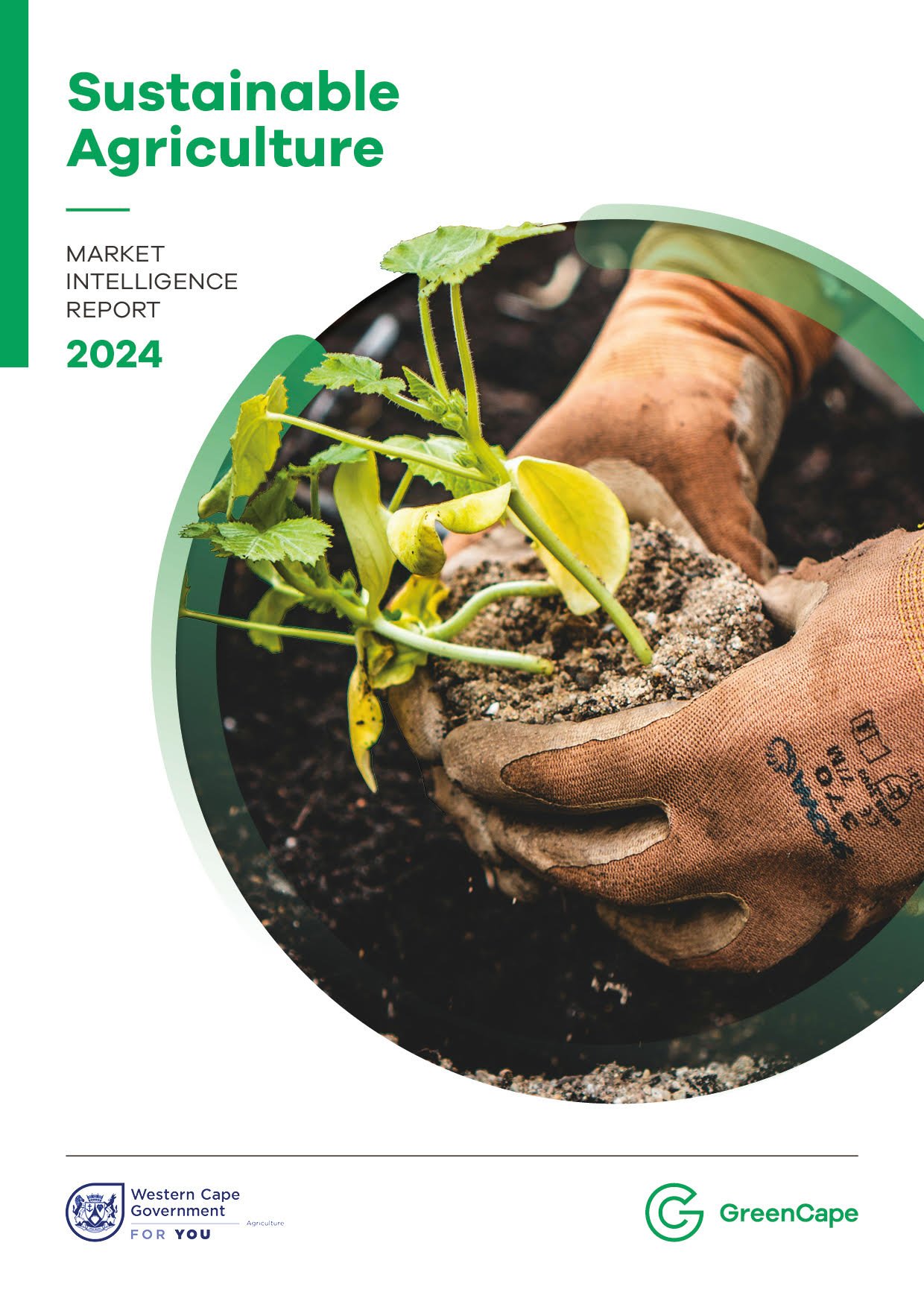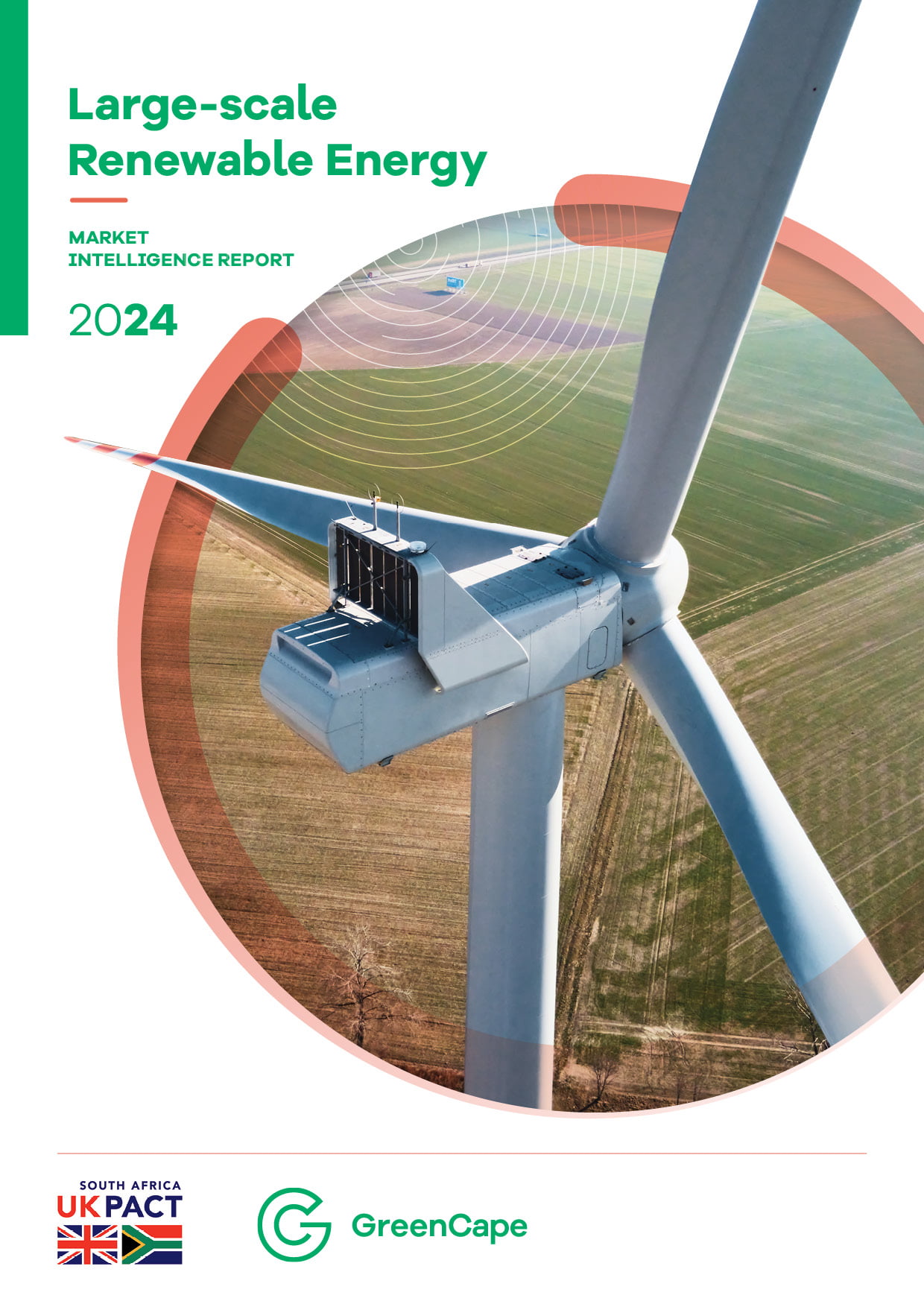During the recent Cape Construction Expo, held on 23 August 2017, GreenCape and Stellenbosch University’s Civil Engineering Department highlighted the collaborative work being done to determine whether processed rubble can compete with traditional building materials for use in the construction industry.
Growing recognition for the market value of builders’ rubble
Builders’ rubble, which has been handled and processed properly, is being increasingly recognised as a very useful construction material, and is more appropriately termed recovered concrete aggregate (RCA) or recovered concrete masonry (RCM – concrete and clay brick mixes). Despite this, an excess of 500 000 m3 of builders’ rubble still ends up in Cape Town’s fast-filling-up landfill sites every year.
The business case for processing and re-use of clean RCA and RCM is already well-established in the City of Cape Town, with more than 55% of clean material being processed and reused in the City in 2015. There has also been demonstrable market growth in RCA and RCM sales. Similar patterns are being recorded in Johannesburg and Pretoria, with other areas in South Africa also beginning to embrace the material. However, this developing industry is not yet supported by any legislation aimed at diverting RCA and RCM from landfill; the growth has been purely market driven.
Where is RCA and RCM currently used?
For the more mixed material, RCM is applied as fill material for landscaping, as well as use on construction sites for both structures and roads. There is also growing application in the foundations of buildings as well as bedding for pipes among other uses. However, the biggest opportunity for RCA and RCM application is in roads, with good performance achieved internationally on all road types from country lanes to multi-lane highways.
However, RCA and RCM is generally not accepted as a construction material by road building authorities in South Africa. The Pavement Engineering section at Stellenbosch University is driving research into the application of RCA and RCM in roads. The section is headed by Prof Kim Jenkins as the SANRAL chair, partnering with Chantal Rudman, lecturer in pavement engineering. Their team is developing design criteria for application of RCA and RCM, considering shear strength and the potential for rutting, as well as cracking to develop over the long term in roads built with RCA and RCM and stabilised alternatives.
Their findings indicate that appropriate RCA and RCM mixes have comparable if not better performance and durability than some standard road building materials. The team’s conclusion is that RCA and RCM are viable road-building materials, with demonstrable durability and self-cementing characteristics if prepared and applied correctly


